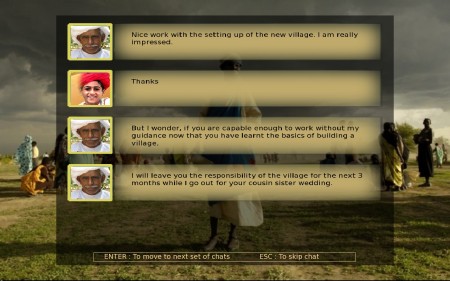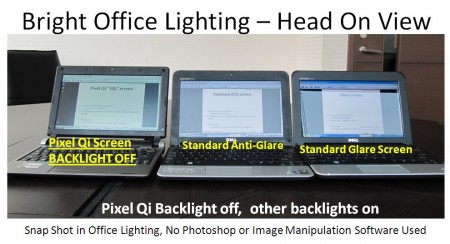Today we announced our coming hardware lineup, the pending production of the XO 1.5, and published the first concept photos and timeline for the XO-3 tablet. Here’s the press release:
ONE LAPTOP PER CHILD DRIVES BREAKTHROUGH ADVANCES IN REVOLUTIONARY XO CHILDREN’S LAPTOP Product Road Map to Deliver Unprecedented High Performance, Low Power Consumption and Design Innovation at Lower and Lower Cost
Cambridge, Mass., Dec. 22, 2009 – One Laptop per Child (OLPC), a nonprofit organization whose mission is to help provide every child in the world access to a modern education, announced today its product road map to deliver robust laptop performance and innovative design for use in the most remote, poor and rural communities and at the lowest power and cost in the industry.
“The first version of OLPC’s child-centric laptop, the XO, is a revolution in low-cost, low-power computing. The XO has been distributed to more than 1.4 million children in 35 countries and in 25 languages,†said Nicholas Negroponte, founder and chairman of One Laptop per Child. “To fulfill our mission of reaching 500 million children in all remote corners of the planet, OLPC will continue to innovate in design and performance. Because we are a non-profit, we hope that industry will copy us.â€
The new versions of the XO laptop will be as follows:
• XO 1.5 – The XO 1.5 is the same industrial design as the XO 1.0. Based on a VIA processor (replacing AMD), it will provide 2x the speed, 4x DRAM memory and 4x FLASH memory. It will run both the Linux and Windows operating systems. XO 1.5 will be available in January 2010 at about $200 per unit. The actual price floats in accordance with spot markets, particularly for those of DRAM and FLASH.
• XO 1.75 – The XO 1.75, to be available in early 2011, will be essentially the same industrial design but rubber-bumpered on the outside and in the inside will be an 8.9â€, touch-sensitive display. The XO 1.75 will be based on an ARM processor from Marvell that will enable 2x speed at 1/4 the power and is targeted at $150 or less. This ARM-based system will complement the x86-based XO 1.75, which will remain in production, giving deployments a choice of processor platform.”
• XO 3.0 – The XO 3.0 is a totally different approach, to be available in 2012 and at a target price well below $100. It will feature a new design using a single sheet of flexible plastic and will be unbreakable and without holes in it. The XO 3.0 will leapfrog the previously announced (May 2008) XO 2.0, a two-page approach that will not be continued. The inner workings of 3.0 will come from the more modest 1.75.
Let us know what you think!














